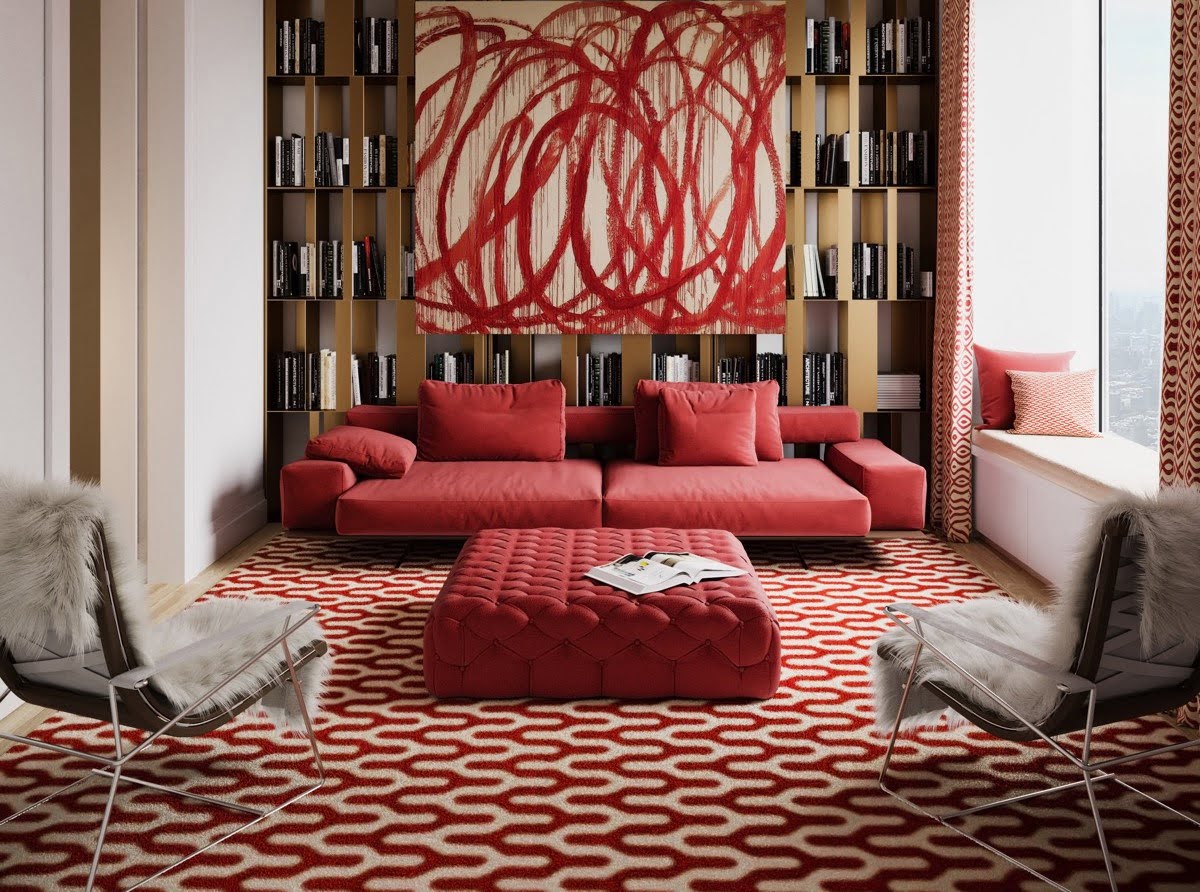

Articles
How To Style Carpeted Living Room
Modified: January 19, 2024
Learn how to style your carpeted living room with these helpful articles. Find inspiration and ideas for creating a cozy and stylish space.
(Many of the links in this article redirect to a specific reviewed product. Your purchase of these products through affiliate links helps to generate commission for Storables.com, at no extra cost. Learn more)
Introduction
When it comes to home decor, the flooring plays a crucial role in setting the tone and style of a space. In a living room, the carpet is often the dominant element, covering a large portion of the floor. While some may view carpeted living rooms as a design challenge, with the right styling and attention to detail, they can become inviting, cozy, and aesthetically pleasing spaces.
Choosing the right carpet is the first step in creating a stylish and comfortable living room. The carpet’s color, texture, and pattern should complement the overall theme and existing furniture. Additionally, selecting the perfect area rug can add warmth, dimension, and visual interest to the space. By strategically placing furniture, incorporating color and texture with pillows and throws, adding wall art and decor, enhancing lighting, and creating a cozy reading nook, you can transform your carpeted living room into a stylish and inviting space that reflects your personality and taste.
In this article, we will explore various tips and ideas on how to style a carpeted living room to maximize its potential and create a space that is both visually appealing and functional. Whether you are starting from scratch or looking to refresh your current living room design, these tips will guide you in transforming your carpeted space into a stylish living area that you’ll love spending time in.
Key Takeaways:
- Transform your carpeted living room into a stylish and inviting space by choosing the right carpet, adding a perfect area rug, and strategically placing furniture. Incorporate color and texture with pillows and throws, enhance lighting, and create a cozy reading nook to elevate the design of your space.
- Maintain the beauty and longevity of your carpeted living room by regular vacuuming, addressing spills promptly, and deep cleaning periodically. Embrace the opportunity to create a cozy and comfortable oasis that reflects your personal style and provides a welcoming atmosphere for both family and guests.
Read more: How To Style A Living Room
Choosing the Right Carpet
When it comes to choosing the right carpet for your living room, there are a few factors to consider. First and foremost, consider the durability of the carpet. Since the living room is typically a high-traffic area, opt for a carpet that can withstand heavy use. Look for carpets made with durable materials such as nylon or polyester, as they are resistant to stains and wear.
Next, consider the color and pattern of the carpet. Neutral colors like beige, gray, or cream are versatile options that can easily blend with different decor styles. However, you can also opt for bold or patterned carpets to add a pop of personality and visual interest to your living room. Just ensure that the carpet’s color and pattern complement the overall theme and existing furniture in the space.
Texture is another important consideration when choosing a carpet. The texture can add depth and visual interest to a room. Consider a plush, high-pile carpet for a cozy and luxurious feel, or a low-pile carpet for a sleek and modern look. Keep in mind that the texture should be chosen based on the specific needs and preferences of your household, taking into account factors such as comfort, maintenance, and the presence of pets or children.
Lastly, consider the budget when selecting a carpet for your living room. Carpets come in a wide range of prices, so it’s important to establish a budget beforehand. Remember that investing in a high-quality carpet can save you money in the long run, as it will be more durable and require less frequent replacement.
Overall, choosing the right carpet for your living room involves considering factors such as durability, color, pattern, texture, and budget. By carefully selecting a carpet that aligns with your needs and style preferences, you can lay the foundation for a beautifully styled living room that is both aesthetically pleasing and practical.
Selecting the Perfect Area Rug
Adding an area rug to your carpeted living room can enhance the visual appeal and bring an additional layer of comfort to the space. Here are some tips for selecting the perfect area rug:
- Size: Determine the optimal size of the area rug based on the furniture arrangement and room dimensions. Ideally, the rug should be large enough to anchor the seating area and allow for at least the front legs of the furniture to rest on it. This helps to visually define the space and create a cohesive look.
- Style: Consider the style of the area rug that will complement the overall theme of your living room. If you have a traditional or formal decor, a Persian or Oriental rug can add a touch of elegance. Alternatively, a contemporary or bohemian space can be accentuated with a geometric or abstract pattern.
- Color and Pattern: Choose an area rug that complements the color scheme and existing furniture in the living room. For a cohesive look, consider selecting a rug with colors that are already present in the space. However, if you want to add a pop of color or introduce a new pattern, an area rug can serve as a focal point and bring visual interest to the room.
- Texture: The texture of the area rug is important both for visual appeal and underfoot comfort. Consider the overall feel you want to create in the room. A plush, shaggy rug can add a cozy and luxurious touch, while a flat-woven or sisal rug can lend a more casual and natural vibe to the space.
- Maintenance: Take into account the level of maintenance required for the area rug. Certain materials and textures may be more prone to staining or show wear and tear more easily. If you have pets or children, opt for a rug that is stain-resistant and easy to clean.
Remember that an area rug can serve as a unifying element in your living room, tying together the various pieces of furniture and creating a cohesive look. It can also add warmth, soften the acoustics of the space, and provide a comfortable surface for bare feet. By carefully selecting the size, style, color, pattern, texture, and maintenance requirements of your area rug, you can elevate the design of your carpeted living room and create a visually appealing and inviting space.
Furniture Placement and Arrangement
Proper furniture placement and arrangement in a carpeted living room can maximize both functionality and visual appeal. Here are some tips to help you create a well-arranged and inviting seating area:
- Consider the focal point: Identify the main focal point in your living room, such as a fireplace, TV, or large window. Arrange the furniture in a way that allows for comfortable viewing or interaction with the focal point. This will create a sense of balance and make the room feel more visually appealing.
- Start with the largest piece: Begin by placing the largest piece of furniture, such as a sofa, against a wall or in a central position. This will serve as an anchor for the rest of the furniture arrangement.
- Create conversation areas: Arrange the furniture in a way that encourages conversation and social interaction. Position chairs and sofas facing each other to create cozy conversation nooks. Avoid pushing all the furniture against the walls, as it can make the space feel disconnected.
- Leave enough space for circulation: Make sure there is enough space for people to move around the furniture comfortably. Allow for clear pathways between seating areas and ensure that there is ample space to maneuver around the room. This will enhance the functionality of the living room and create a more open and inviting atmosphere.
- Consider traffic flow: Take into account the natural flow of traffic in the room. Avoid placing furniture in a way that obstructs doorways or walkways. Consider how people will enter and exit the room and arrange the furniture accordingly.
- Add accent pieces: Once the main furniture pieces are in place, you can add accent chairs, coffee tables, and side tables to complete the seating arrangement. These additional pieces not only provide functionality but also add visual interest and personality to the space.
Don’t be afraid to experiment and rearrange the furniture until you find the layout that works best for your living room. Keep in mind the scale and proportion of the furniture, ensuring that it fits the size of the room and provides a comfortable seating arrangement for everyone.
By taking the time to carefully consider the placement and arrangement of your furniture, you can create a well-balanced, visually appealing, and functional living room in your carpeted space.
Adding Color and Texture with Pillows and Throws
Pillows and throws are not only functional accessories but also powerful tools for adding color and texture to your carpeted living room. They can instantly transform the look and feel of your furniture and create an inviting and cozy atmosphere. Here are some tips for incorporating pillows and throws into your living room:
- Choose a color scheme: Determine a color scheme that complements the existing decor in your living room. Consider the colors of your furniture, carpet, and walls. You can choose pillows and throws that match the color palette or opt for contrasting colors to create a bold statement.
- Mix patterns and textures: Don’t be afraid to mix and match different patterns and textures in your pillows and throws. This can add visual interest and create a layered look. Pair smooth velvet pillows with textured knitted throws or combine geometric patterns with floral prints for a playful and eclectic vibe.
- Vary sizes and shapes: Experiment with different sizes and shapes of pillows to add dimension to your seating area. Mix larger square pillows with smaller rectangular ones or add a round accent pillow for visual variety. Playing with different sizes and shapes can create an interesting dynamic in your living room design.
- Accessorize with tassels and trims: Consider pillows and throws with tassels, fringe, or other decorative trims. These details can add an extra touch of style and sophistication to your living room. However, make sure the trims coordinate with the overall aesthetic of the space and don’t overwhelm the design.
- Layer pillows and throws: Layering pillows and throws can add depth and coziness to your seating area. Start with larger pillows at the back and layer smaller ones at the front for a cascading effect. Drape a throw over the arm of a sofa or chair to create a casual and inviting look.
- Consider seasonal variations: Switching out pillows and throws seasonally can give your living room a fresh and updated look. Opt for lighter and brighter colors in spring and summer, and choose warmer and cozier fabrics in fall and winter. This allows you to adapt your living room to the changing seasons and create a comfortable and inviting atmosphere all year round.
Pillows and throws are versatile and affordable accessories that can make a big impact on the overall design of your carpeted living room. By carefully selecting colors, patterns, textures, and sizes, you can infuse your space with personality and create a cozy and inviting atmosphere that reflects your style and preferences.
Consider using area rugs to add color and texture to the carpeted living room. This can help define different spaces within the room and add visual interest.
Read more: How To Style Rug In Living Room
Incorporating Wall Art and Decor
Wall art and decor play a crucial role in enhancing the visual appeal and personalization of your carpeted living room. They can add character, style, and a focal point to the space. Here are some tips for incorporating wall art and decor into your living room:
- Create a gallery wall: A gallery wall is a popular and versatile way to display multiple pieces of art or photographs. Choose a variety of frames, sizes, and art styles to create an eclectic and personalized display. Arrange the pieces on the wall in a balanced and visually pleasing manner.
- Think outside the box: Wall art does not have to be limited to traditional paintings or prints. Consider alternative options such as metal sculptures, woven tapestries, or even a large statement mirror. These unique and unexpected pieces can become conversation starters and add a touch of personality to your living room.
- Consider the scale and proportion: When choosing wall art, keep in mind the scale and proportions of your living room. A large, bold piece of art can make a statement and act as a focal point in the room. On the other hand, a collection of smaller pieces can create a more dynamic and visually interesting display.
- Balance with the furniture: Consider the furniture arrangement and ensure that the wall art complements and balances the overall design. Hang the artwork at eye level, taking into account the height of the furniture and the viewing perspective in the room. This will create a sense of harmony between the wall decor and the rest of the space.
- Accessorize with wall decor: In addition to art, consider incorporating other types of wall decor to add depth and texture to the room. This can include items like floating shelves, woven baskets, or decorative wall clocks. These decorative elements can not only enhance the visual interest but also provide functional storage or display options.
- Showcase personal mementos: Incorporate personal mementos and items that hold special meaning to you. This can include family photographs, travel souvenirs, or sentimental objects. Displaying these cherished items on the wall can make your living room feel more personal and tell a unique story.
Ultimately, the choice of wall art and decor should reflect your personal style and taste. Don’t be afraid to take risks and experiment with different arrangements and combinations. The goal is to create a visually captivating and meaningful display that adds personality and charm to your carpeted living room.
Enhancing Lighting in the Living Room
Lighting is a crucial aspect of any living room, and with the right techniques, you can create a warm and inviting ambiance in your carpeted space. Here are some tips for enhancing the lighting in your living room:
- Utilize natural light: Maximize natural light by keeping windows unobstructed and using sheer curtains or blinds that allow light to filter through. Arrange furniture to take advantage of natural light sources, positioning seating areas near windows.
- Layer different types of lighting: Incorporate a combination of ambient, task, and accent lighting to create depth and ambiance. Install overhead fixtures such as chandeliers or pendant lights to provide general illumination. Use table lamps and floor lamps to add task lighting for reading or activities. Consider wall sconces or picture lights to highlight specific wall art or decor.
- Choose the right light bulbs: Select light bulbs with the appropriate color temperature for each lighting source. Use warm white or soft white bulbs (2700K-3000K) for a cozy and inviting atmosphere. LED bulbs are energy-efficient options and come in various color temperatures to suit your preference.
- Consider dimmer switches: Install dimmer switches to have control over the level of brightness in your living room. This allows you to adjust the lighting according to different moods and activities, creating a more versatile and customizable space.
- Create focal point lighting: Highlight specific areas in your living room with focused lighting. Use track lighting or adjustable recessed lights to illuminate artwork, bookshelves, or decorative elements. This adds visual interest and draws attention to these focal points.
- Use mirrors strategically: Place mirrors on walls opposite windows to reflect natural light and maximize its presence in the room. Mirrors also help create an illusion of a larger space and bounce light around, making the room feel brighter and more spacious.
Remember to consider the function and mood of your living room when planning the lighting design. Opt for softer, warmer lighting for relaxation areas, while brighter, task-oriented lighting should be used in areas designated for activities such as reading or working.
By implementing these lighting techniques, you can enhance the atmosphere, highlight the carpet, and create a well-lit and inviting living room that is both functional and visually appealing.
Creating a Cozy Reading Nook
A cozy reading nook is the perfect addition to a carpeted living room, providing a quiet and comfortable space to escape into a book or relax with a cup of tea. Here are some tips to help you create your own cozy reading nook:
- Select a comfortable chair: Choose a comfortable chair that provides adequate support for extended periods of reading. Look for chairs with plush cushions and armrests, or consider a cozy armchair or a chaise lounge where you can stretch out and relax.
- Add soft and inviting textiles: Layer your reading nook with soft and cozy textiles to create a warm and inviting atmosphere. Use cushions, throws, and blankets made from plush materials such as velvet, faux fur, or chunky knits. This will add tactile comfort and make the space feel cozy.
- Include a side table or bookshelf: Ensure you have a convenient surface nearby to place your book, reading glasses, or a cup of tea. A small side table or a bookshelf within arm’s reach of your reading chair will provide a practical and functional element to your nook.
- Consider proper lighting: Good lighting is essential for a reading nook. Make sure you have adequate task lighting, such as a floor or table lamp positioned near your chair. Adjustable reading lamps or wall-mounted swing-arm lights are great options to provide focused light for reading without disturbing the rest of the room’s ambiance.
- Add storage for books: Incorporate storage options for your favorite books. Install wall-mounted bookshelves or include a small bookcase within your reading nook. This will not only keep your books organized and easily accessible but also serve as a decorative element in the nook.
- Personalize the space: Infuse your reading nook with personal touches that reflect your personality and interests. Display framed photographs, artwork, or sentimental items that bring you joy. Create a cozy atmosphere by incorporating candles or a small indoor plant to add a touch of nature.
- Soundproof the area: Consider soundproofing the walls or area around your reading nook to create a peaceful and uninterrupted environment. This can be achieved by using sound-absorbing materials like curtains, acoustic panels, or bookshelves filled with books.
Remember, a reading nook should be a tranquil and inviting space where you can fully immerse yourself in a book or simply find a moment of relaxation. With the right elements, you can create a cozy reading nook in your carpeted living room that becomes your favorite spot to unwind and indulge in the joy of reading.
Maintaining and Caring for Carpet
To keep your carpeted living room looking its best and prolong its lifespan, regular maintenance and proper care are essential. Here are some tips for maintaining and caring for your carpet:
- Vacuum regularly: Vacuum your carpet at least once a week to remove dirt, dust, and debris that can accumulate. Use a high-quality vacuum cleaner with adjustable height settings to ensure proper suction and a thorough clean. Pay extra attention to high-traffic areas and use attachments to reach corners and edges.
- Address spills and stains promptly: Accidental spills happen, so it’s important to address them immediately. Blot the spill with a clean cloth or paper towel to absorb as much liquid as possible. Avoid rubbing the stain, as it can spread and damage the carpet fibers. For stubborn stains, use a mild carpet cleaner recommended for your carpet type.
- Protect from furniture marks: Place furniture coasters or felt pads underneath heavy furniture to prevent indentations and marks on the carpet. When moving furniture, lift rather than dragging it to avoid snagging or tearing the carpet fibers.
- Prevent sun damage: Prolonged exposure to sunlight can cause fading and discoloration of your carpet. Use curtains, blinds, or window films to protect your carpet from direct sunlight. Alternatively, you can rotate your furniture periodically to even out the sun exposure.
- Deep clean periodically: Depending on the level of foot traffic and usage, it is recommended to deep clean your carpet every 12 to 18 months. You can hire professional carpet cleaners or rent a carpet cleaning machine to remove deep-seated dirt and stains and keep your carpet looking fresh and revitalized.
- Use entryway mats or rugs: Place mats or rugs at the entrances of your living room to trap dirt and moisture from shoes. This prevents them from being tracked onto your carpet and reduces the amount of dirt collection. Remember to clean and shake out the mats regularly to maintain their effectiveness.
- Avoid heavy wear areas: If possible, rearrange furniture periodically to distribute the weight and prevent excessive wear on specific areas of your carpet. By rotating furniture placement, you can help extend the life of your carpet and minimize wear patterns.
Proper maintenance and care not only keep your carpet looking fresh and clean but also contribute to a healthier living environment. Regular vacuuming, prompt stain removal, and periodic deep cleaning will ensure that your carpeted living room remains a comfortable and inviting space for years to come.
Read more: How To Choose A Carpet For Living Room
Conclusion
Designing and styling a carpeted living room may seem like a challenge, but with the right approach and attention to detail, you can transform it into a stylish and inviting space. By choosing the right carpet, selecting a perfect area rug, and strategically placing furniture, you can create a well-balanced and visually appealing living room. Adding color and texture with pillows and throws, incorporating wall art and decor, enhancing lighting, and creating a cozy reading nook will further elevate the design of your space.
It’s important to remember that maintenance and care are key to preserving the beauty and longevity of your carpet. Regular vacuuming, addressing spills promptly, and deep cleaning periodically will help keep your carpet looking fresh and clean. By following these steps, you can ensure that your carpeted living room remains a cozy and comfortable oasis that reflects your personal style and provides a welcoming atmosphere for both family and guests.
So, whether you’re starting from scratch or looking to refresh your existing carpeted living room, embrace the opportunity to create a space that you’ll love spending time in. With a little creativity, attention to detail, and proper care, your carpeted living room can become the focal point of your home, where style meets comfort and functionality.
Frequently Asked Questions about How To Style Carpeted Living Room
Was this page helpful?
At Storables.com, we guarantee accurate and reliable information. Our content, validated by Expert Board Contributors, is crafted following stringent Editorial Policies. We're committed to providing you with well-researched, expert-backed insights for all your informational needs.
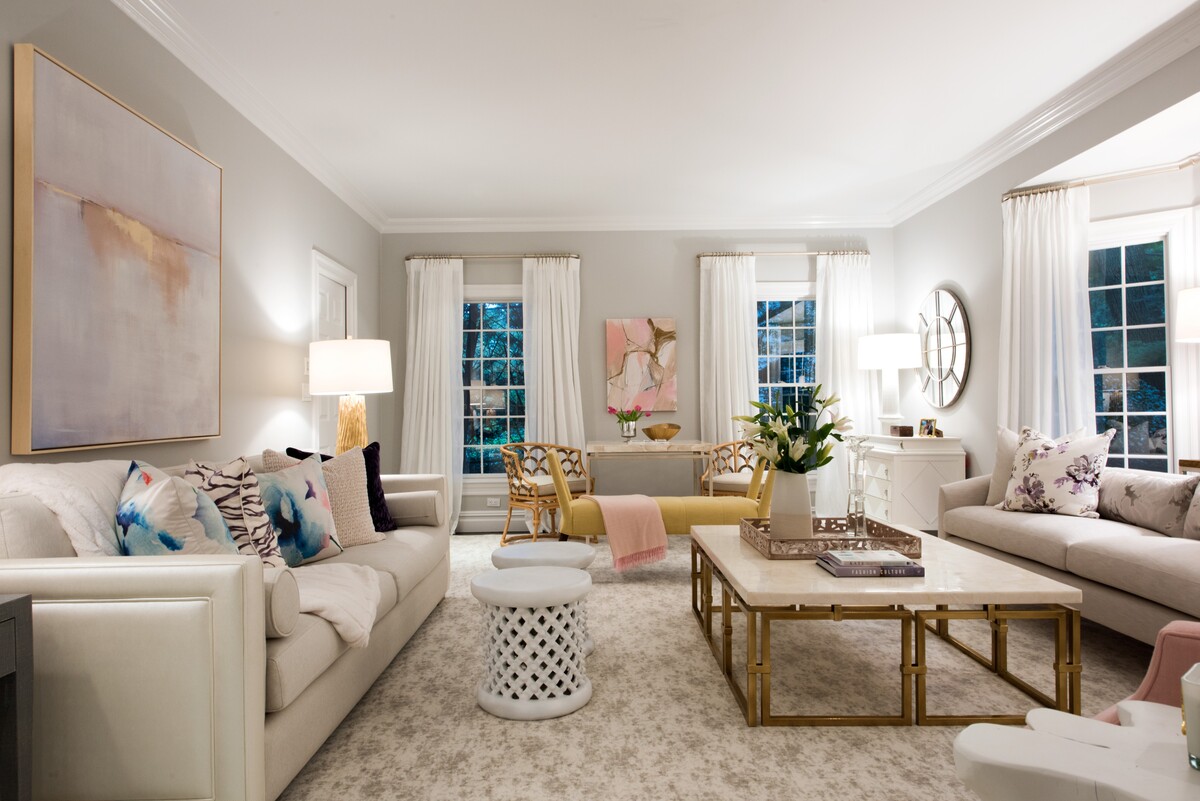
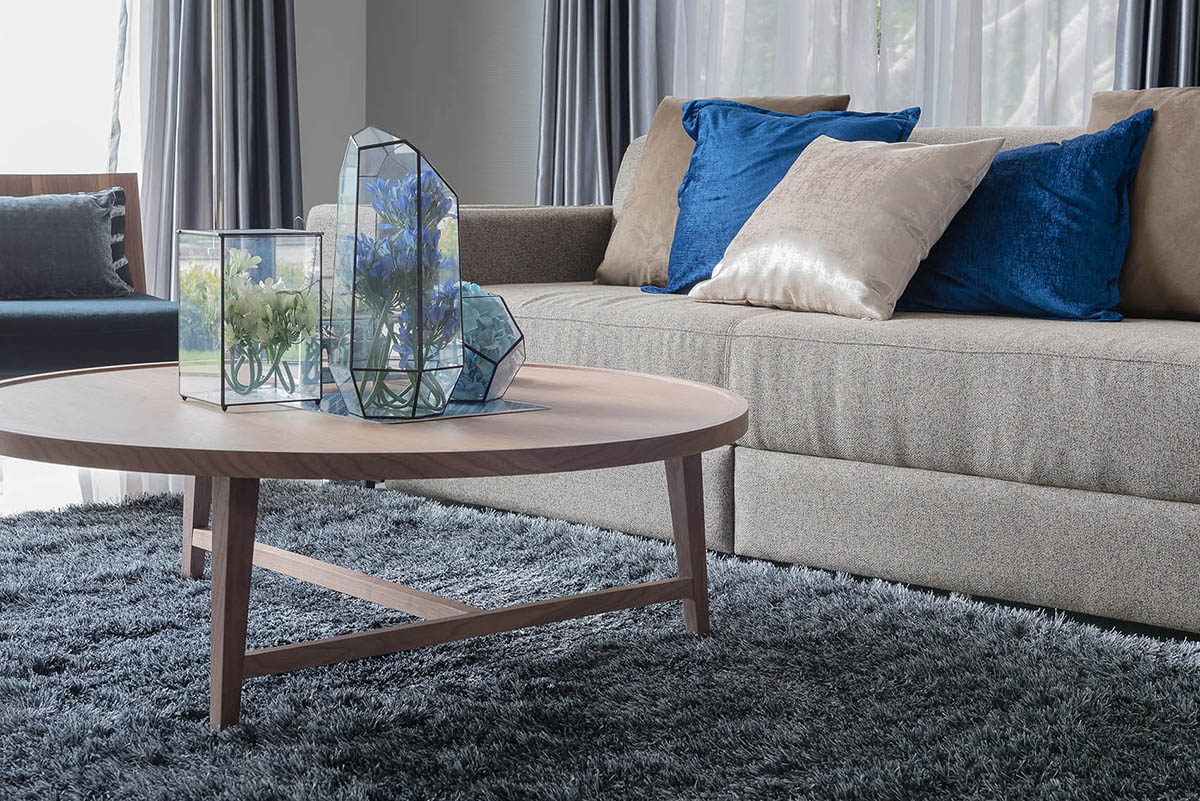
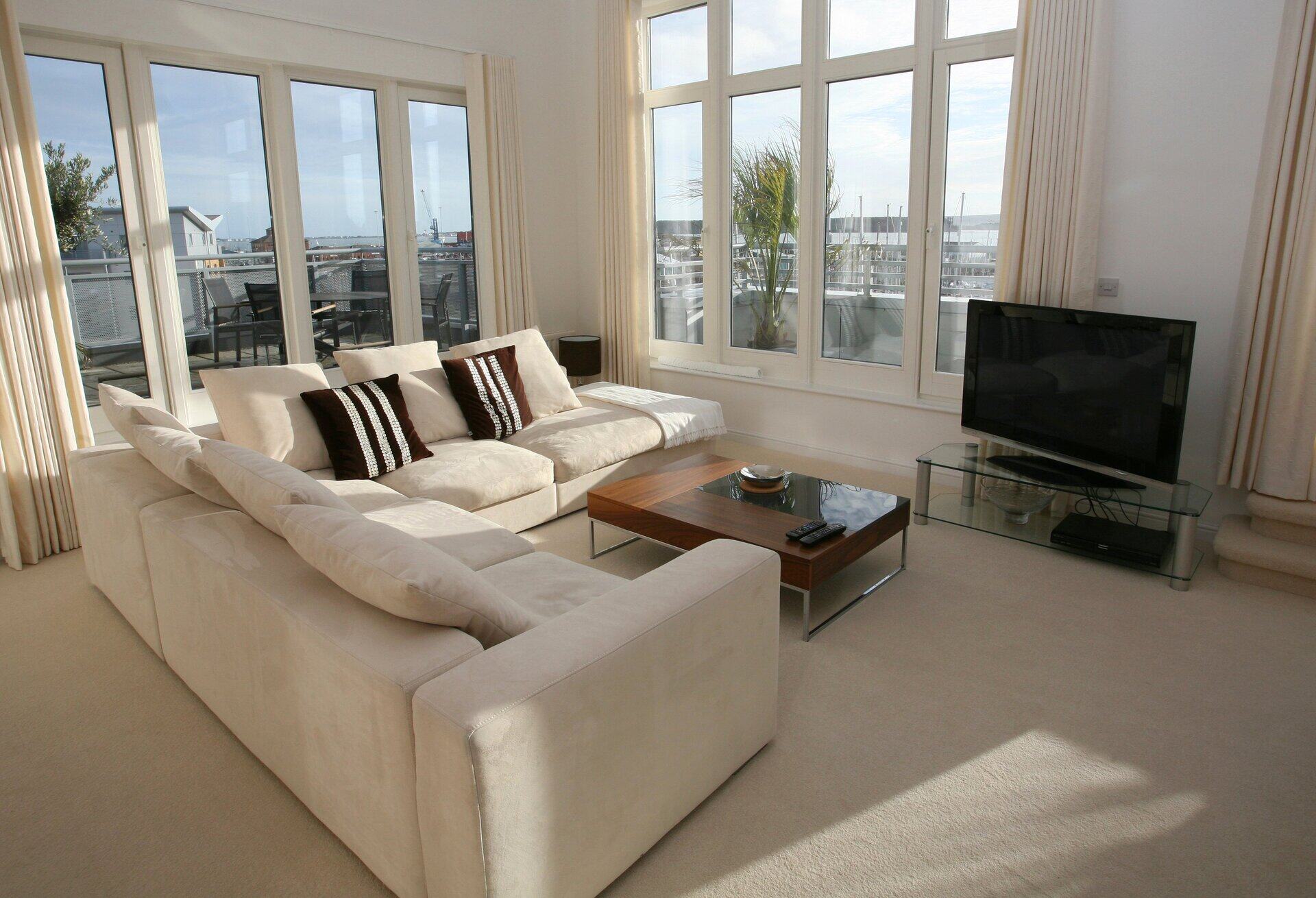
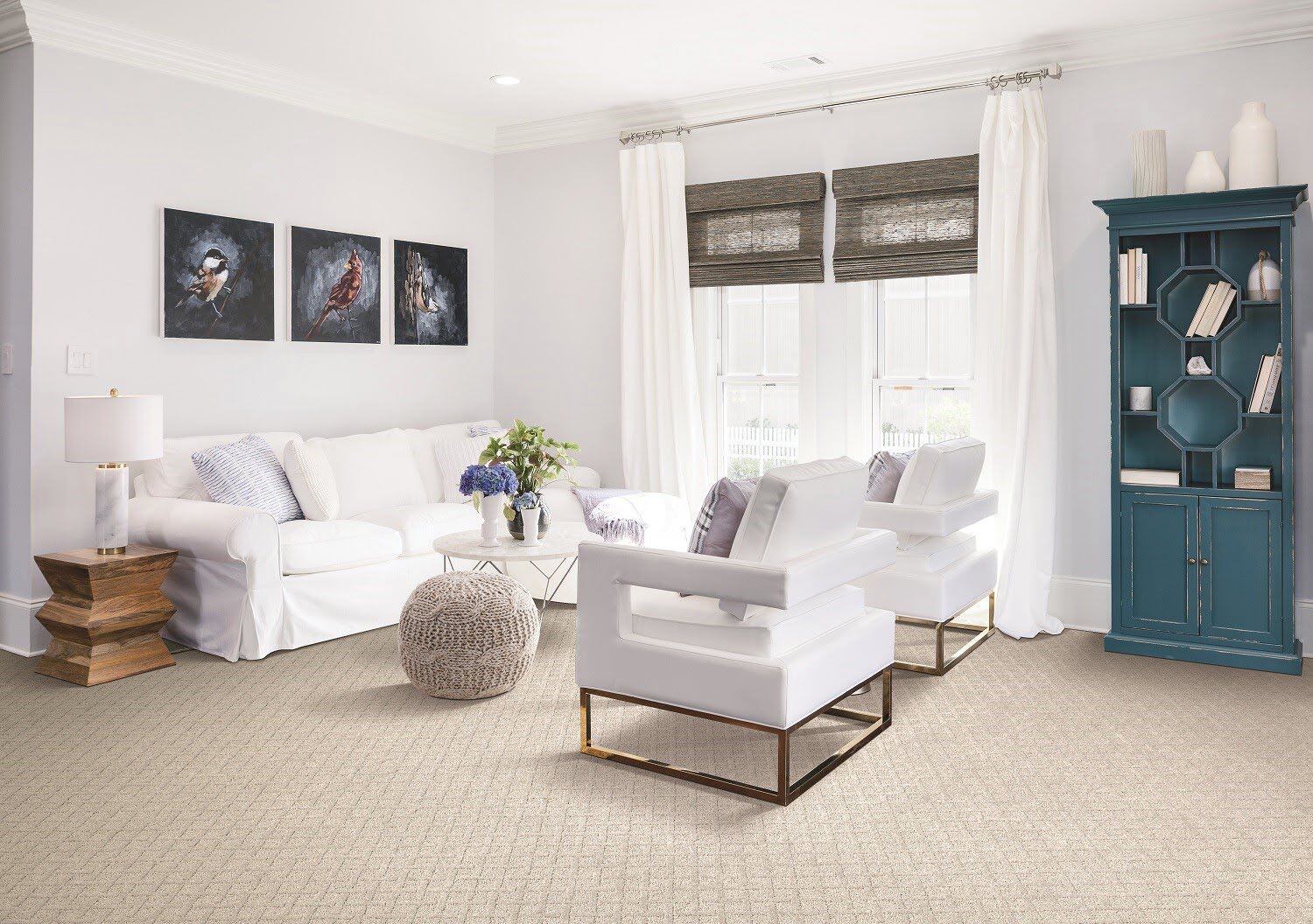
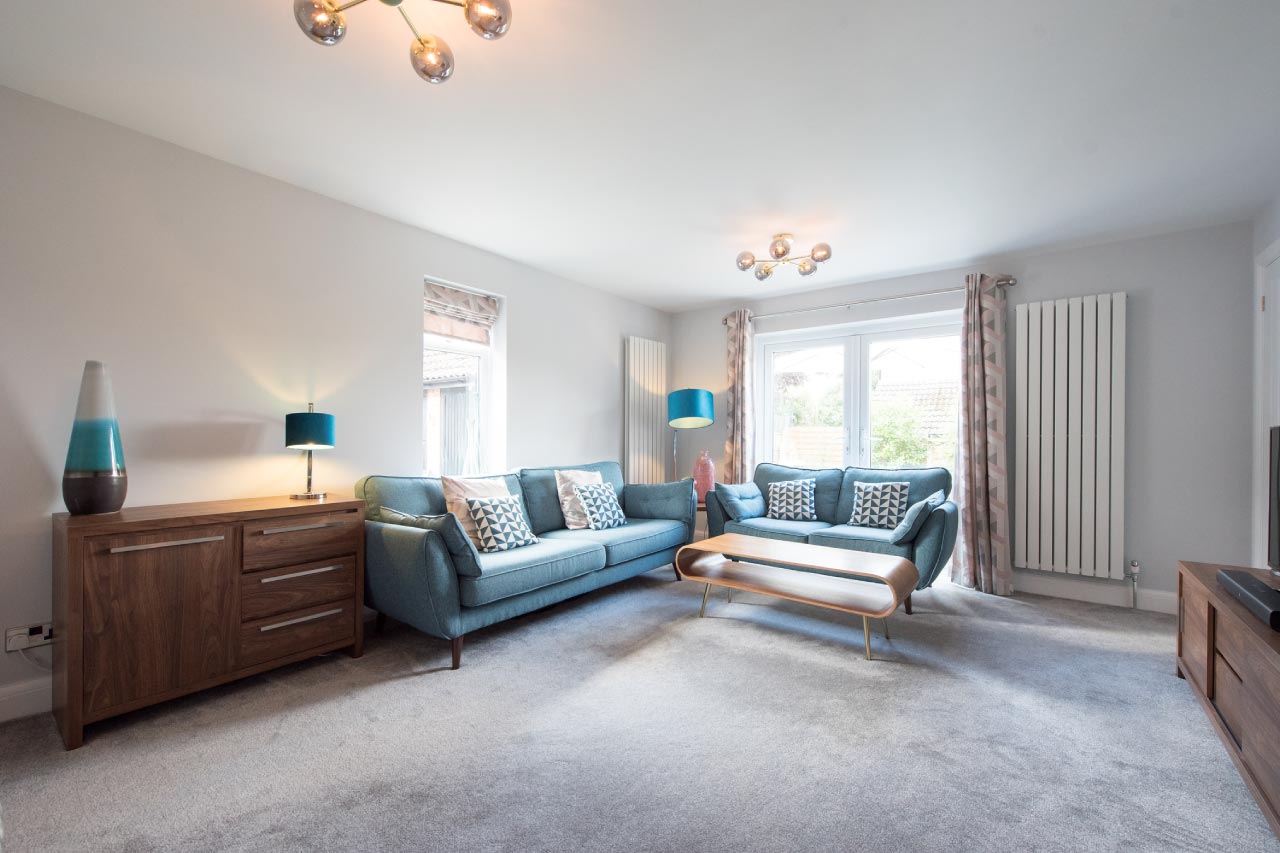
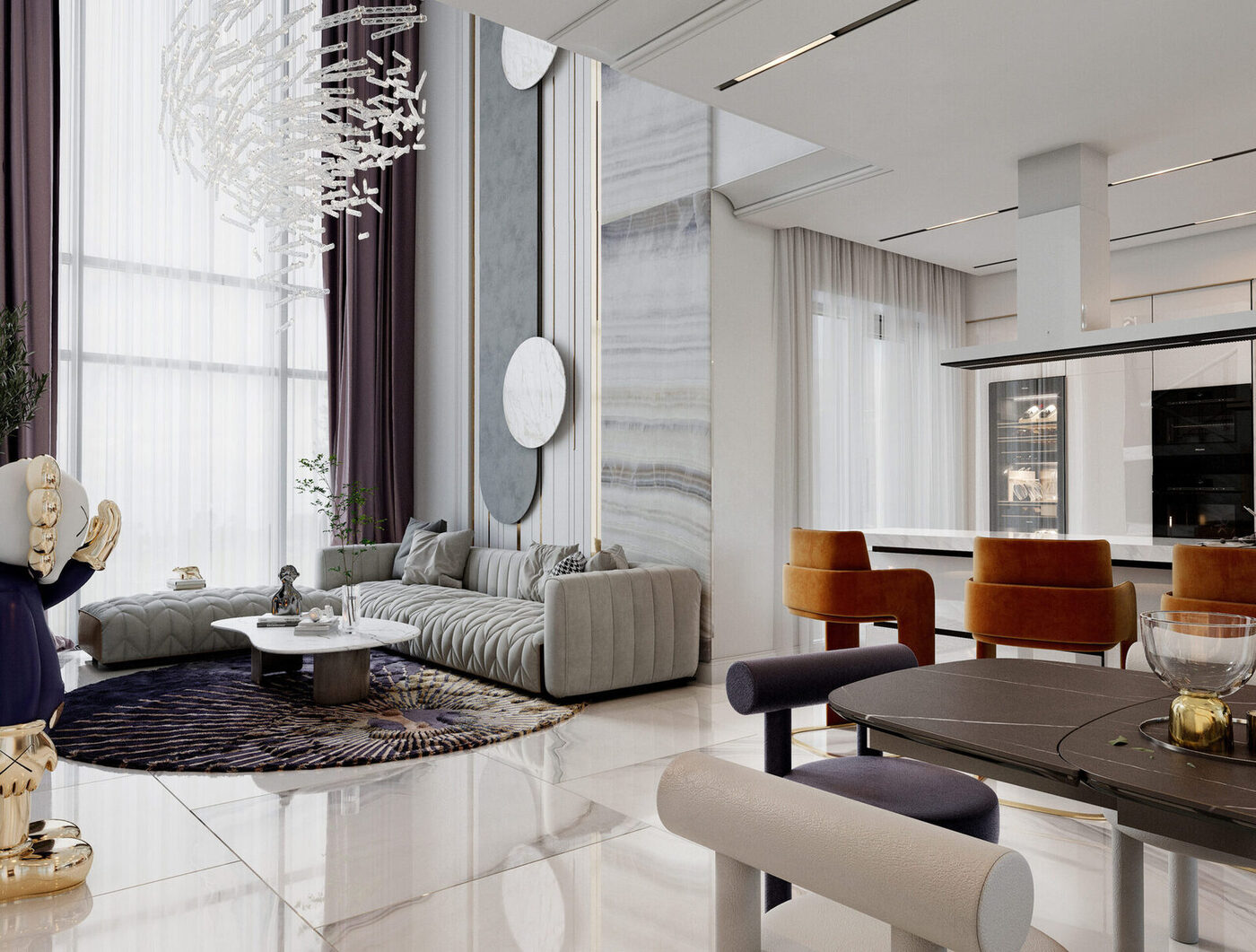
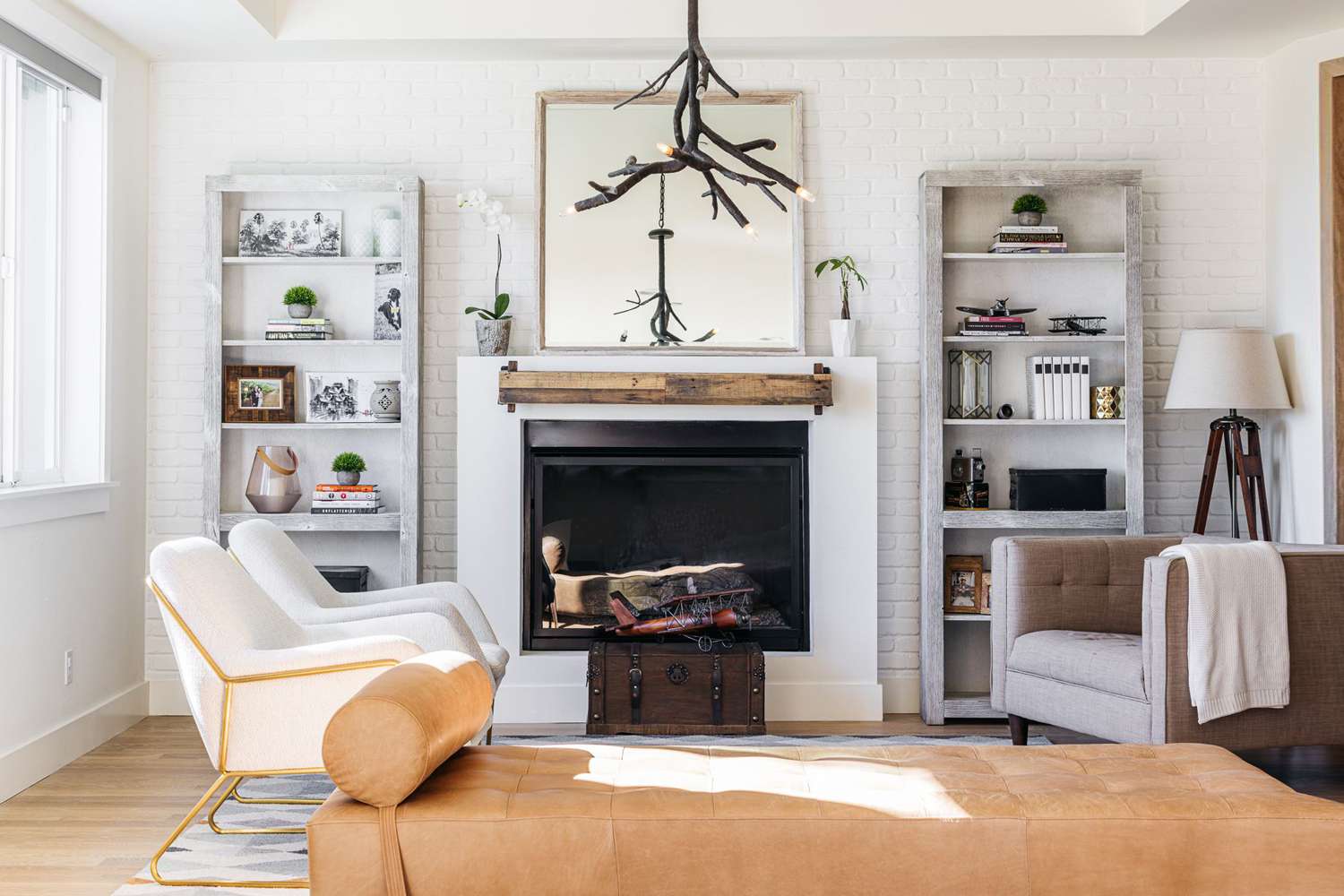
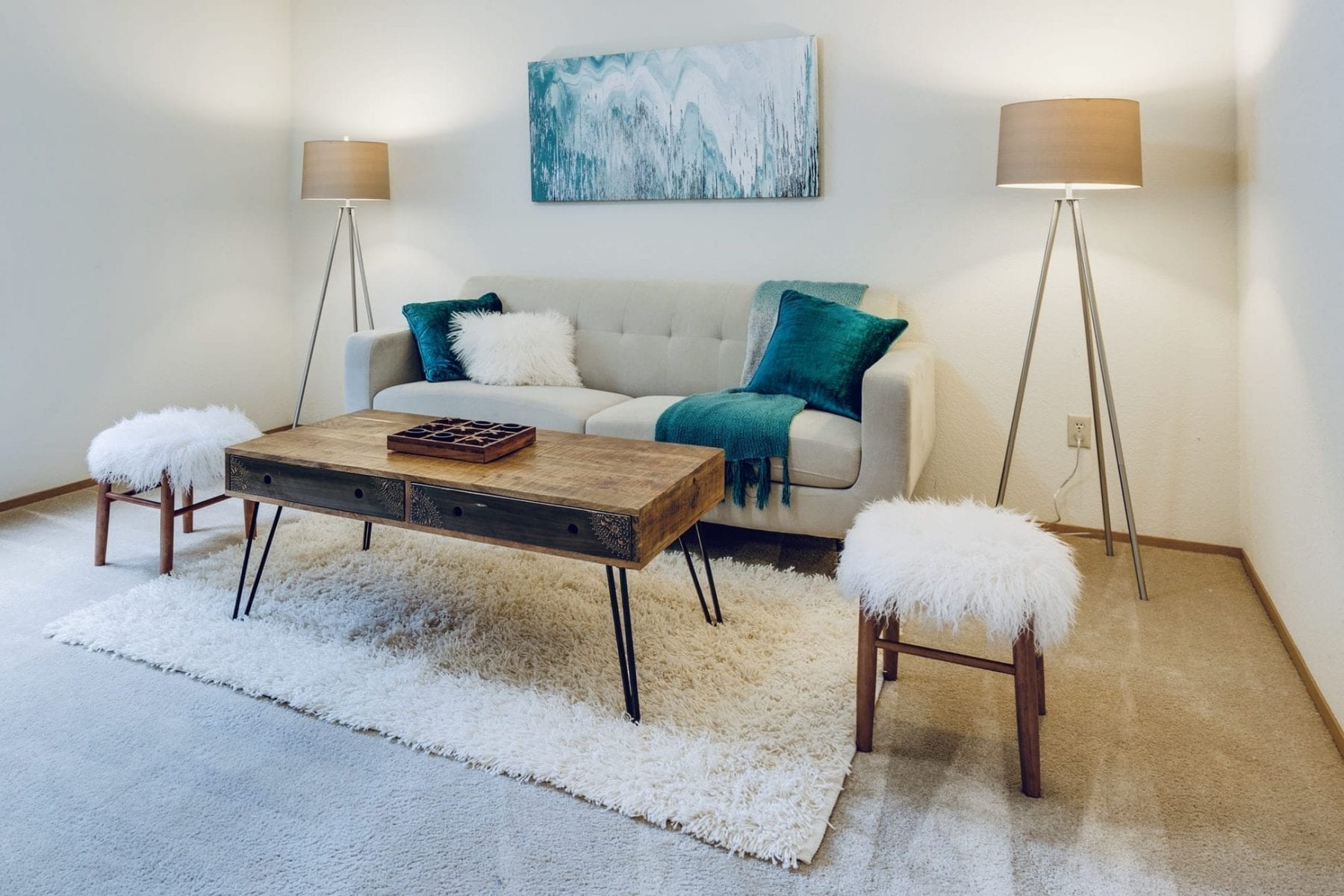
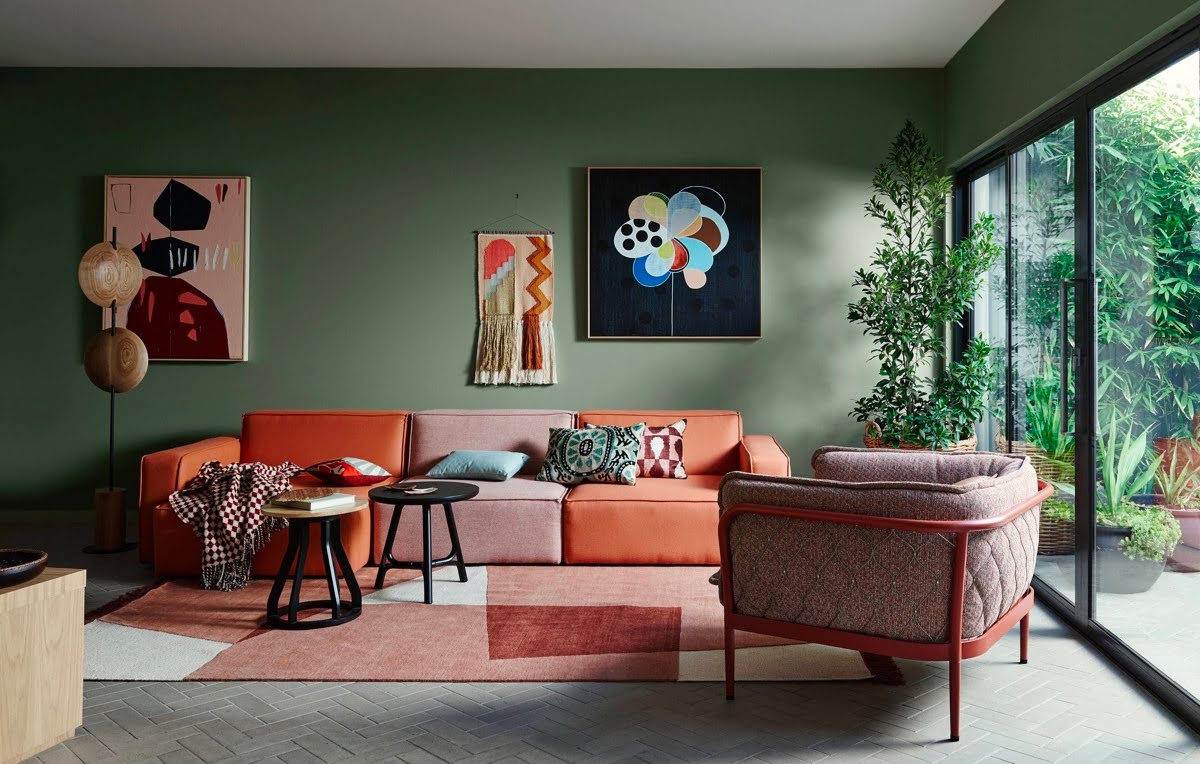
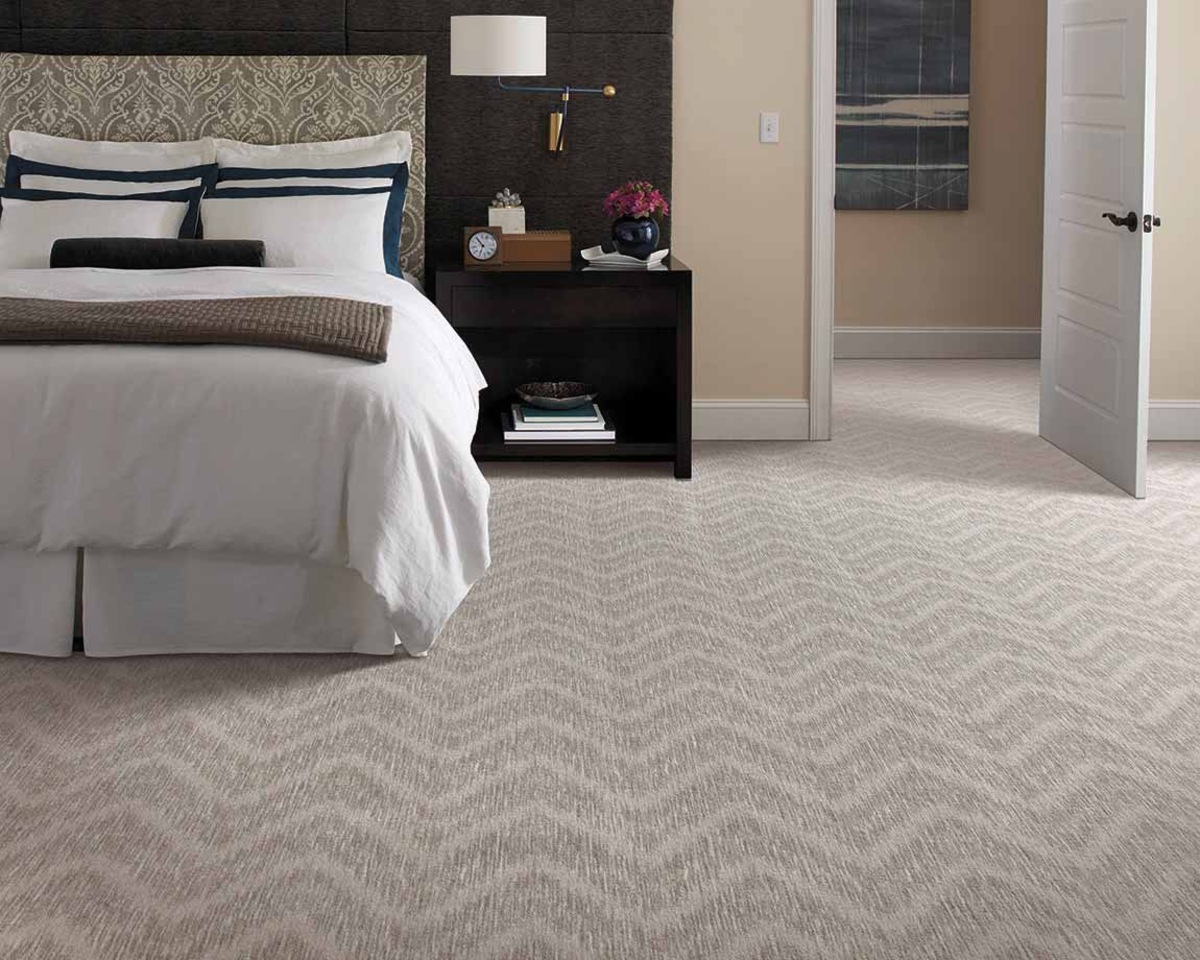
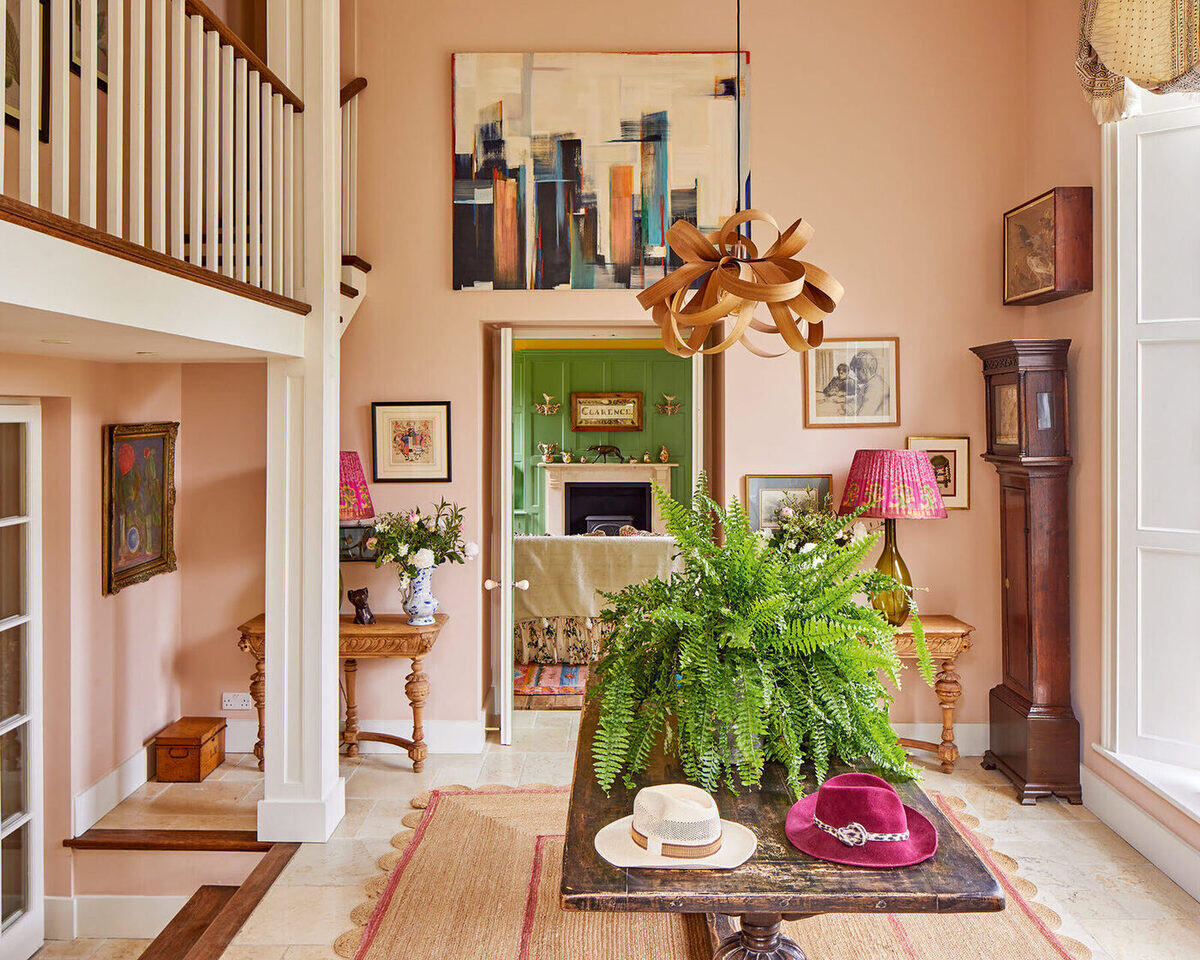
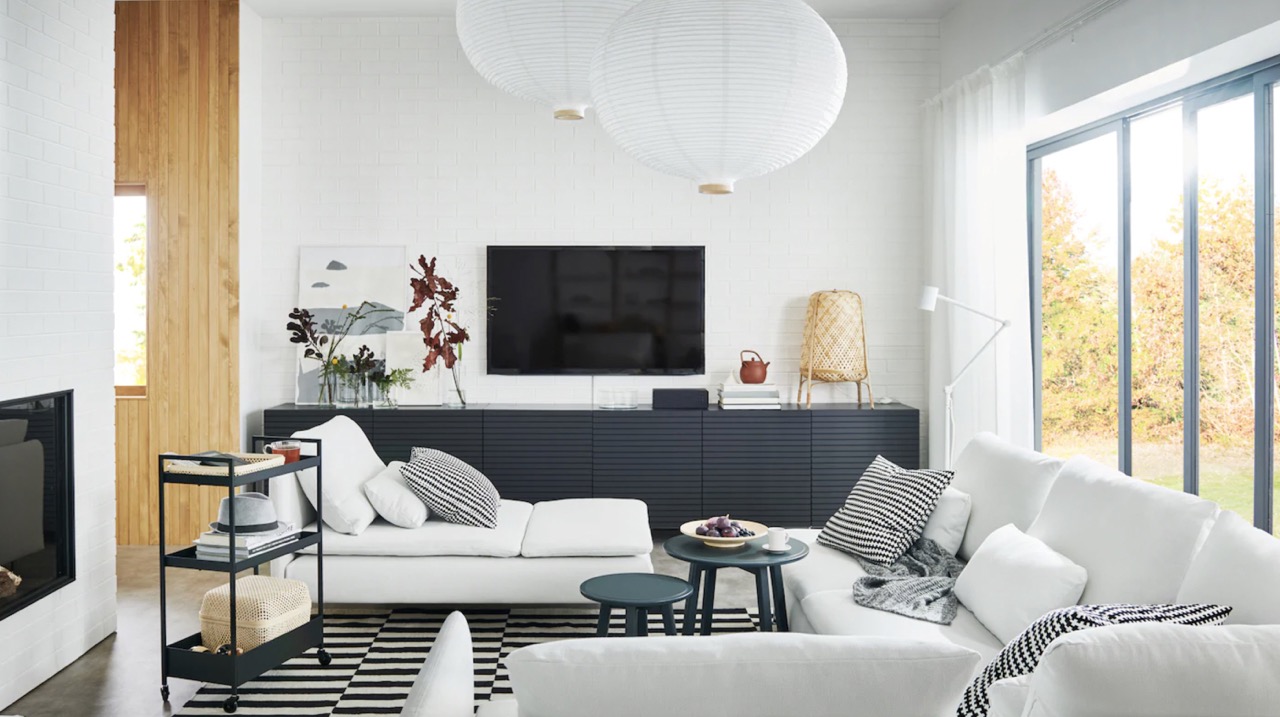
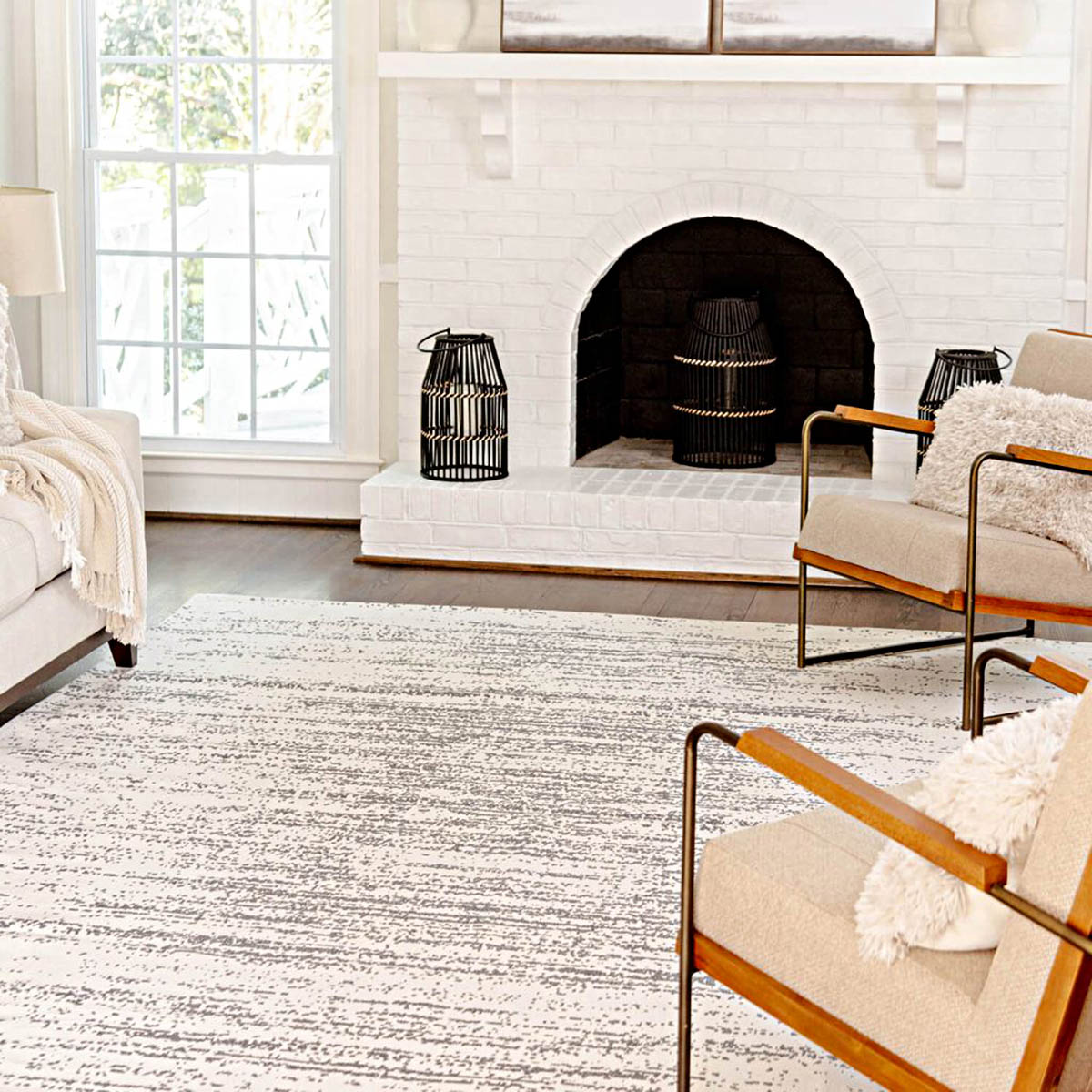

0 thoughts on “How To Style Carpeted Living Room”